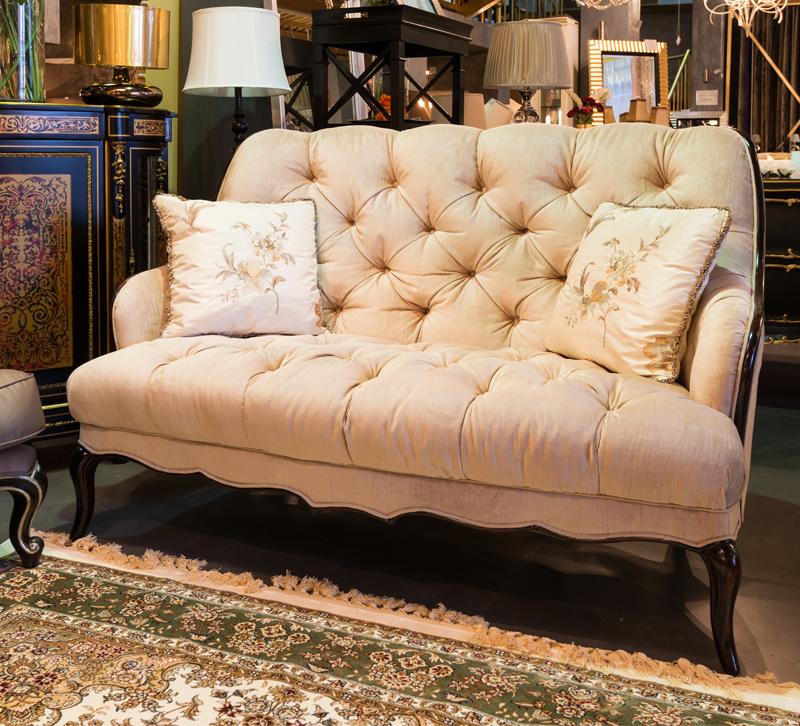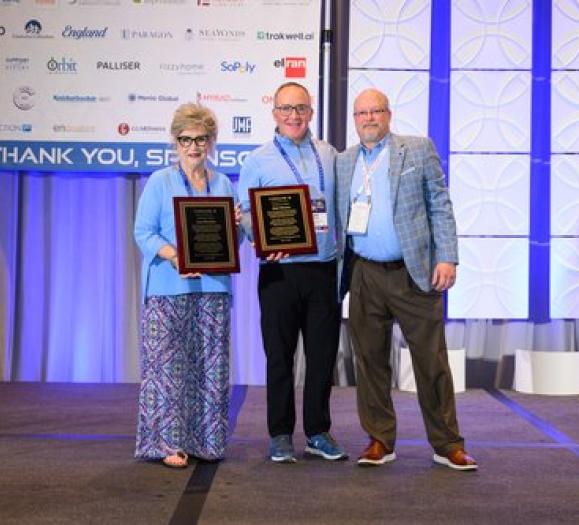When you hear the term “luxury,” images of opulence, haute couture and flashy displays of wealth might come to mind. But these days, luxury doesn’t look just one way, and luxury consumers aren’t just looking for one thing.
We chatted with Pam Danziger, retail expert and founder of Unity Marketing, a market research firm specializing in the affluent consumer, to learn more about what luxury consumers are actually looking for and how to cater to their needs in your showroom. Here’s what she shared.
Defining Luxury
First of all, Danziger says it’s important to realize that you can’t spot a luxury consumer by what they look like, what they’re wearing or how old they are. Luxury is personal and unique to each individual, she stresses, but the common thread among luxury consumers is the desire for a special, elevated experience and product that they wouldn’t find at IKEA or Home Depot.
“It’s not about price point necessarily. It’s not about style,” she says, “but it’s really about special-ness and uniqueness and targeting that particular individual.”
Engaging with the customer, asking them questions and seeing what products they’re drawn to is the only real way to discern what they might be interested in purchasing. That personal interaction and focused attention from your staff is ultimately a key part of what luxury consumers are looking for in a brick-and-mortar experience.
Curating the Experience
When designing a showroom with an eye toward the luxury consumer, Danziger says it’s crucial to avoid overwhelming customers by crowding the floor with too much product.
“No one can find that special needle in a haystack when they have to look through an overcrowded display. My best advice is to be very curated, very judicious about what’s shown on the floor,” she says.

Carefully curating your products into lifestyle-inspired vignettes is a key piece of this and allows you to shine a spotlight on the special pieces you want to draw the luxury consumer’s eye toward. Danziger adds that changing up your displays often to keep things fresh is also a must. If you’re not overcrowding your showroom floor, you’ll have more product in the back to incorporate into new displays.
Small touches like snacks and refreshments can go a long way to make the luxury customer feel special. You don’t need to go as far as Restoration Hardware and open a full restaurant in your showroom, but offerings like coffee, snacks and even champagne can make the showroom experience more comfortable and keep your customers happily browsing and planning their home designs for longer. The more comfortable, peaceful and enjoyable your in-store experience, the better.
Finally, knowing your store’s brand identity and being well-versed in the stories of the high-end brands you carry can help you connect with luxury consumers looking for a unique, exclusive experience. While Danziger says a customer might not buy a high-end lamp just because of the brand name alone, the brand’s story and unique attributes can justify that extra spending for the customer.
“I think you need to be both a storyteller about your store, a storyteller in terms of your environment, and then also be able to tell the story of the brands that you carry, why you carry them and why they’re exceptional,” she says.
For many of today’s luxury consumers, the ideal in-store shopping experience is less about specific brand names and price tags and more about comfort, a personalized customer experience and a unique story and product offering. If you can offer them that, you’ll be right on the money.







